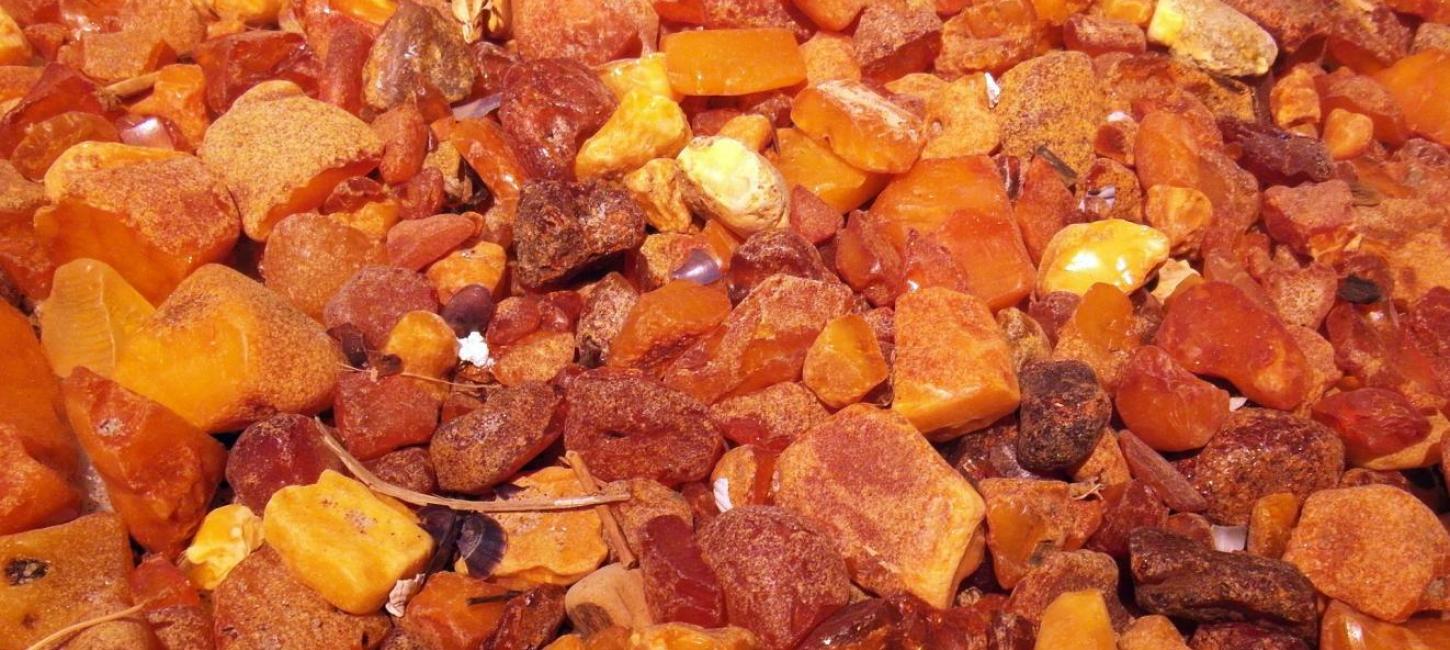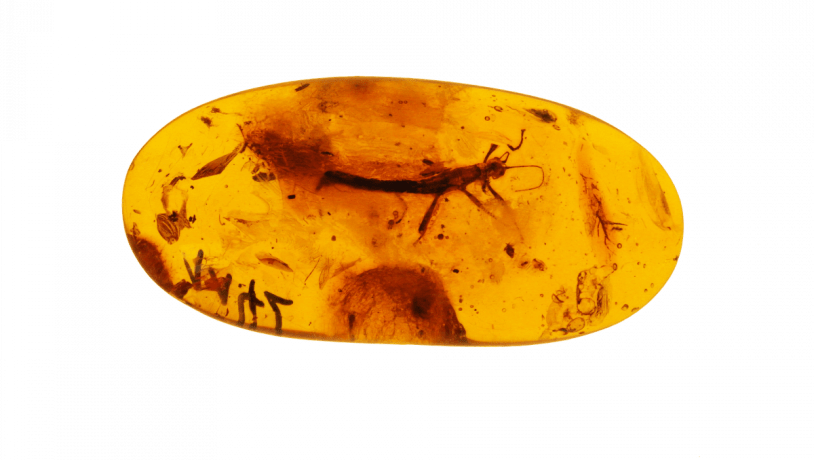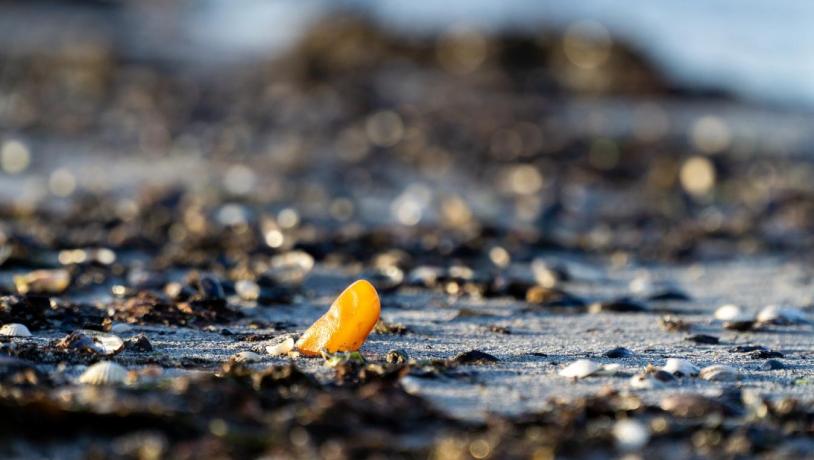
Learn how to find amber
Læsø is one of several places in Denmark, where you can find amber. The best conditions for finding amber on the beach is a couple of days of heavy winds. Once the wind subsides and the water withdraws a bit, the amber will be transported inwards and left on the beach.
Amber gathering
Several amber gathering activities take place throughout the year, for both children and adults to learn how to find amber. The tourist office and "Amber-Frants" host these trips. Purchase tickets at the tourist office.
Conditions for finding amber
Strong winds and a thrashing sea are much appreciated by amber-gatherers. These conditions throw around the seabed, turning over sand and vegetation, and maybe amber, which has been stored below the sediments, and depositing it on the coasts of Læsø.
Once the winds calm, and the sea withdraws from the beach, you must rush into your boots and overcoat, picking up a basket or bucket on the way through the door, to be the first man or woman on the beach, to search for the treasure of the sea.
For those who do not mind strong winds, you can get ahead of the search, by grabbing a net and searching the surf, where you see gatherings of eelgrass.
It is not insignificant when and where you search for amber. On a quiet day, you will rarely find anything, and if you do, it tends to be very small pieces. Amber is usually left on the beach after a storm, along with other materials of the same weight such as "amber-seaweed", which is small pieces of eelgrass. Since amber is old tree sap, the material is almost as light as wood. If you encounter a line of "amber-seaweed" on the beach, chances of finding amber within or close by are rather good.
Keep an eye on the sky as well, as seagulls tend to hover above the amber-seaweed, looking for sandworms, snails and other small creatures which is often mixed in with the seaweed.
Most people think of amber as little polished pieces of jewelry, and will look for items in a similar colour on the beach. But amber, in its raw form, can have all colours, from black to white, and look very dissimilar to polished amber. So, how do you know whether what you have found is, in fact, amber? If you hold a piece of amber in one hand, and a stone in the other, both items of similar size, you won't be in doubt - the stone will remain cool, while the amber will start to feel warm.
So, to sum up, after or during a nice, autumn storm, collect your net and go gather seaweed along the surf and sort it on the beach. Or, await the calm that follows, and patiently search the lines of amber-seaweed left behind by the sea.
Bad weather is great weather - for the amber-gatherer.
Facts:
Amber is fossilized tree sap from for instance golden larch. For amber to be created, the sap has to end up in the ocean and lie there for 30-50 million years. Only after this long process of no oxygen and pressure influence, the sap will change, the oil content will be reduced, and real amber is created.
The world's oldest amber is between 235 and 231 million years old, and found in Østrig and Bayern. Denmark's oldest amber was found on Bornholm and is about 170 million years old. The amber we find on the beach is seen to be of a finer quality than the amber, which has been dug up from the earth. If you are lucky, you may find fossilized insects inside a piece of amber. Great locations to find amber on Læsø are at Danzigmand, Syren and in Storedal.
Article by Klaus Munk
Photo:Læsø Turist- og Erhvervsforening
Photo:Læsø Turist- og Erhvervsforening

Photo:Læsø Turist- og Erhvervsforening

Photo:Læsø Turist- og Erhvervsforening